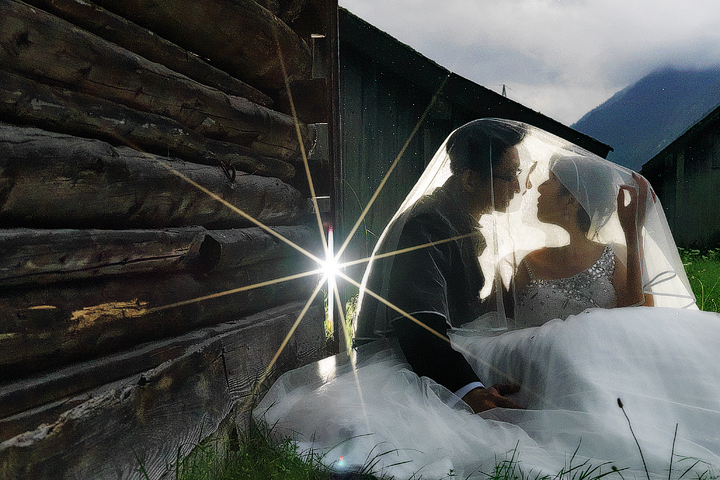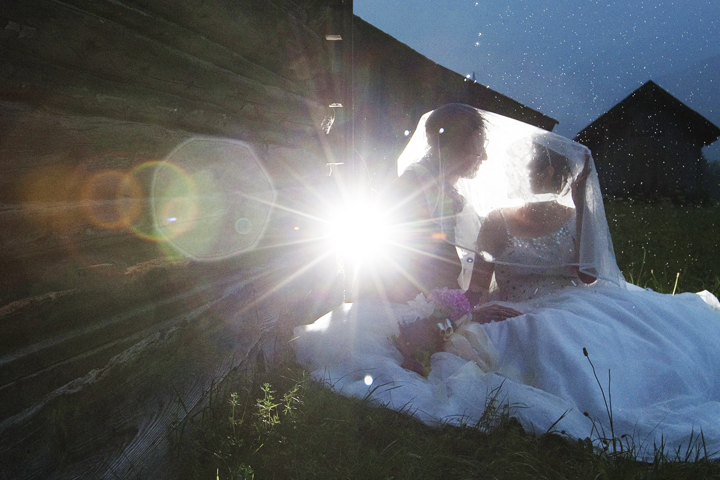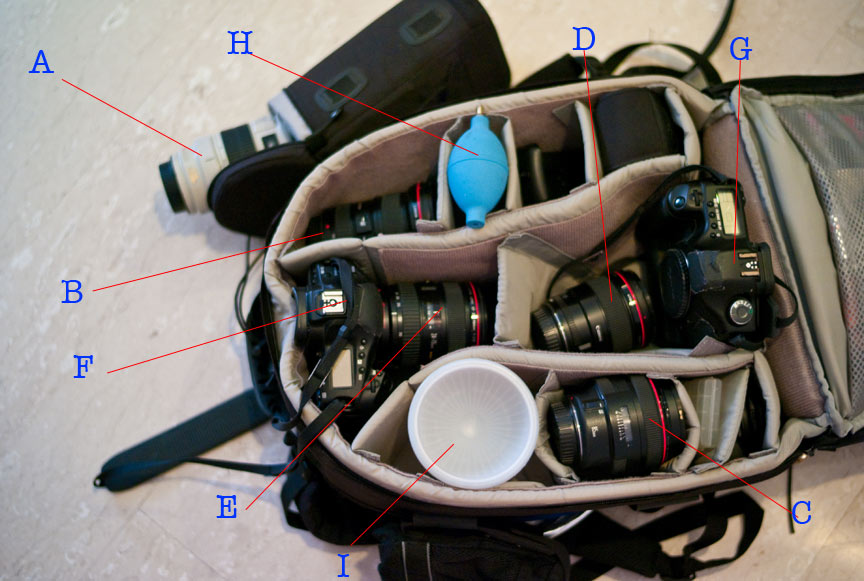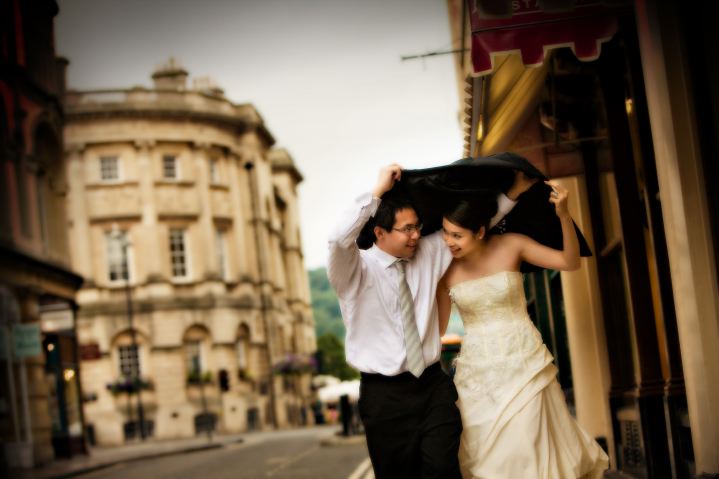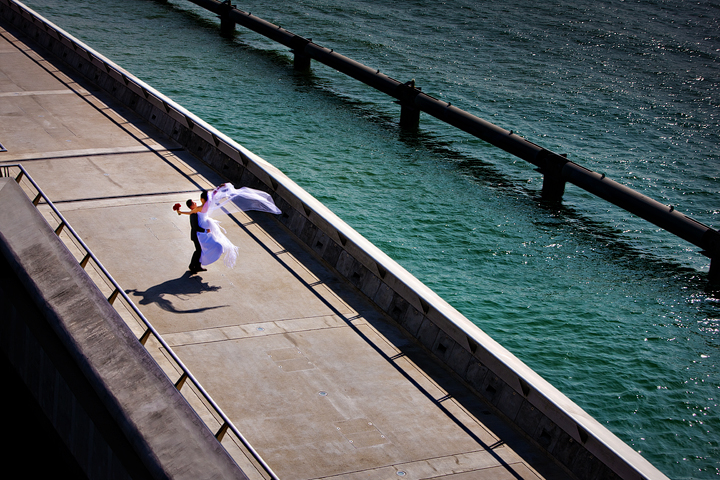
Laksa - gravy enriched by rich coconut milk
Due to popular demand, I have decided to spend some time to type out the recipe of one of my favourite local food in Singapore, the Nonya Laksa. Believe me, many Singapore wedding photographers love this and we have regular meeting ups at some of our favourite laksa spots, like the famous one in Jln Berseh (Near Kelatan Lane).
I know a lot of photographers who are highly obsessed with something else in life apart from photography – audiophile, coffee/wine, watches, etc. Cooking is one of those things that I do a lot because it’s almost reached a stage whereby if I can make these at home, why should I pay someone else to cook it for me?
Now here’s one Laksa recipe that I learnt from my folks. And trust me, when you want to make the best Laksa out there, don’t start thinking about the calories and cholesterol…Laksa is comfort food, and comfort food that’s healthy well, it’s almost non-existent.
This recipe has gone through a bit of tweaking and every bit of effort is made to maximise the effect of the spices and ingredients that we use. The approach is somewhat Western for this oriental recipe, but trust me, it tastes almost as good as those you get one the streets. I will also highlight the steps meant for the hard cores who wants the best 🙂
Here we go…
Ingredients
for the Sambal Chili paste, the heart of the Laksa flavour. Please don’t bother with those ready to go sambal chili in packs or jars. Besides being inferior in taste, they have tonnes of MSG inside, and you might find yourself persistently thirsty after that)
12-15 dried chilies (about 3 inches in length)
Blue ginger (aka wild ginger) 1.5 to 2 inches (the alternative is to use old ginger, but it won’t have that woody fragrance of blue ginger)
2 cloves of garlic
15 shallots, peeled (or 2 large Spanish red onions)
4 Lemon grass, cut away the leaves but don’t discard them.
6 pieces of Candlenut or Macadamia nuts
About 50g of dried Shrimp paste (aka belachan), use a little less if they are very salty.
1 tablespoon Tumeric powder
1 teaspoon of cummin
one handful or Laksa leaves, or 1 table spoon if using dried ones. You may use fresh basil or mint if you can’t find laksa leaves.
100ml of peanut oil
Optional:
3 medium size chilies, seeds removed. Heat factor 4 out of 10. Seeds on – Heat factor 5 to 6.
For those who wants more heat, you might want to add 3 small chilies (aka chili padi), which should bring you to heat factor of 7 to 8 out of 10.
juice from half a lime
for the Laksa gravy/soup, you’ll need
Freshly squeezed coconut milk from 2 coconuts (hardcore) or 700ml of pasturised coconut milk that’s available in the chillers (not too bad a compromise) or 500ml of coconut cream from the supermarket shelves (last resort)
100g of good quality dried shrimps, slightly bashed with rolling pin, and soaked in hot water for about 10 minutes
1 litre of chicken stock
Sea salt to taste
3 tablespoons of palm sugar or brown sugar
for the condiments
Fried bean curd (tau pok), cut into bite size
500g to 1kg of thick rice noodles (or yellow noodles)
fishball
fishcakes
crab sticks (Optional)
shredded chicken breast (I shred these from the chicken I use to prepare the stock)
hard-boiled eggs
bean sprouts
dried laksa leaves (basil or mint leaves work as well)
fresh cockles (or clams)
Method
Throw the dried shrimp paste into a pan, on a medium heat, roast the paste until it turns golden brown on the outside. Soak the dried chili in hot water to soften it a little and combine all the ingredient in the chili paste in the blender and let it blitz for a few rounds till you get a smooth paste. Hardcore method: Bash everything in mortar and pestle, my grandmother said flavour extraction is different when you press , mash and bash. For me, the oil should be a good enough carrier of flavour in the blender and mind you, bashing that blue ginger is not easy…. Think of this as making a spicy pesto sauce – you have the chili, the herb, and nuts.
Heat up some more peanut oil in the casserole pot or wok. Blend or finely chop the shallots, and sauteed it in the pan over medium low heat. Once the shallot has soften and about to brown, add in the chili paste and be prepared for the chili to smart your nose! Remember the piece of dried shrimp paste that we toasted? We can now break it up into small bits and throw it into the mixture. As for the 4 lemon grass stalk that we cut off and set aside, smash it with the back of the knife till it is bruised and add it to the pan. It is very important that the ingredients are sauteed to the point when the oil starts to separate from the chili paste; this requires some patience over a medium low heat, stirring constantly and depending on the heat and vessel that you’re cooking in, it can take almost 10 minutes for that to happen. This is the most *important* step of the entire recipe, so give it some time & love….don’t burn it!
Once the oil in the chili paste starts to separate, pour in the dried shrimp and the liquid that hydrated it, half the coconut milk, chicken stock and palm sugar, bring everything a simmer, no high heat or the coconut milk is going to separate and that’s a big no no. At this point, add in the tau pok (fried bean curd) and let it soak up that gravy. If you are using clams instead of cockles, this is the time to add them into the simmering gravy and cook them till the shells are opened. Any clams that are unopened should be discarded. Finally, add the rest of the coconut milk and season with salt to taste. Remove from heat right right after it boils.
In a big pot, bring about 3 litre of water to boil, add about 1 tablespoon of salt and blanch your rice noodle in it. Since rice noodles are already pre-cooked, the purpose of blanching it is to remove the starchiness and heat up the noodles. Hardcore step: after blanching the noodles for 30 seconds, transfer them into another vessel and rinse them till the water becomes clear. Another reason why we do this is to get rid of that husky taste in rice noodles and improve the texture. For those who have cooked Japanese buckwheat noodle or soba would be quite familiar with this step as well.
Now the fun part, strain and portion out the noodles and tau pok in a bowl, and cut the noodles using a pair of scissors. This way, you can eat them with just a soup spoon (and no chopsticks) and minimise the splattering (you won’t want to get any of the laksa gravy on your clothes). Put the meat condiments like cooked fish ball, fish cake and raw cockles into give your noodles a spa treatment of laksa gravy by pouring over them. This should also cook the cockles a little and personally, I like them to be half-cooked. Sprinkle some of the laksa leaves or basil or mint on top and Bon Appetite!
tip: make the laksa gravy a day in advance, reheat by bringing it back to boil, taste even better this way! If you plan to do so, don’t add the salt yet until the next day and adjust accordingly… somehow, the gravy tends to be more saltish overnight. The coconut milk in the gravy can be quite a pain and tends to go rancid (when you get foams or a sourish taste/smell) pretty easily, especially if you are using fresh coconut milk. For the leftover gravy, just bring them to a boil, do not cover the pot, do not stir it… when it’s cooled down, you may put the lid back before putting it in the fridge.





